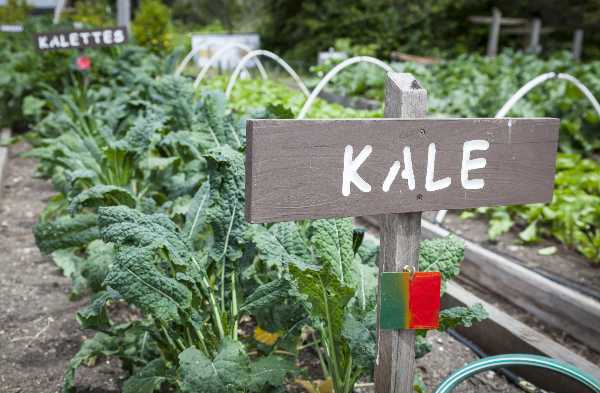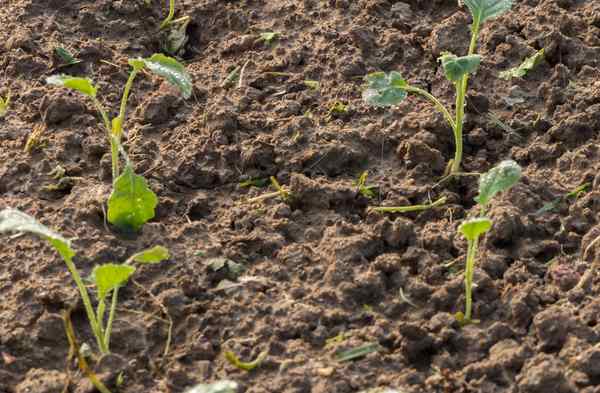Choosing a plot
Kale can grow relatively large and as a result needs at least six square inches of space around each seed. Avoid planting near beans, strawberries or tomatoes. A soil pH of between 5.5 and 6.8 is ideal for kale, and an area of ground in full sunshine if planting in the autumn, or partial shade if planting in the spring is best. Kale likes moist but not soggy soil, so finding an area of ground that drains well is vital, or your kale will begin to rot.
Some people prefer to start growing their seeds in a pot indoors before transplanting them into a garden or vegetable plot. Whether you are starting the seeds in a pot or outside, the key is allowing the seeds plenty of space.
Planting seeds
Seeds should be sown thinly, dropped about half an inch into the ground and well-spaced. Plant your seeds approximately 2-4 weeks before the last frost is expected, or as soon as the ground is able to be worked in the spring.
If the seeds are started in a plant pot, they can be transplanted into the ground once leaves have emerged from the soil. Kale first grows two cotyledons, leaves which do not photosynthesise and eventually wither and die once true leaves emerge. Transplant the seedlings perpendicular to the ground so that they grow vertically, deep enough to support the plant, but no deeper than the first leaves.
Nurturing your seeds

Kale likes moist soil but do not be tempted to overwater the plants. Allow the top layer of soil to dry out before watering again. If the kale plants begin to crowd each other, it may be necessary to thin out your plot.
Fertilising the plants every 6-8 weeks should help supply your plants with essential nutrients to ensure that they remain robust and the leaves are sweet and tender. Any discoloured or rotten leaves should be removed to prevent them from infecting the rest of the plant.
Harvesting kale
70-95 days after planting, and once your plants are at least eight inches tall, your kale will be ready to be harvested. If you are looking to harvest individual leaves only, then begin by picking off outside leaves from the plant. Do not leave them on the plant for too long as they will turn bitter.
If you want to harvest the entire plant, then cut the stem about two inches above the ground and this should allow the leaves to regrow.






 Looking for our products in a store near you?
Looking for our products in a store near you?
